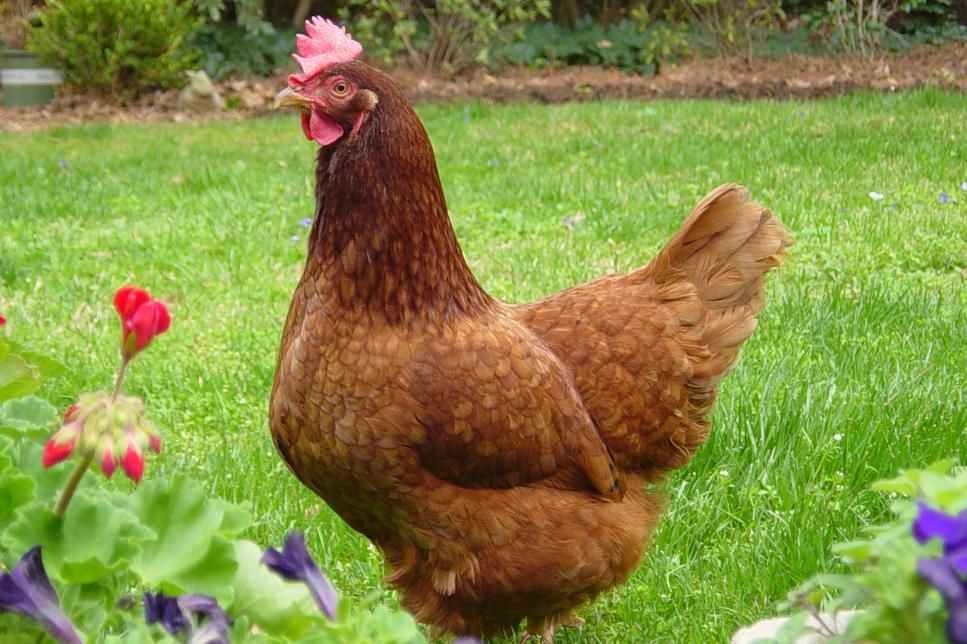
Partridge Silkie Resembling a puffball using a beak, Silkies are among the most common cosmetic chicken breeds. They're bantams, which are miniaturized poultry. Due to their unusual looks and docile nature, a few poultry owners maintain them as indoor household pets. Silkies get their title from their soft feathers that seem more like fur. Although this picture shows a rooster, both sexes look almost identical. Silkies are among many breeds that have feathered feet. Earliest mentions of Silkies back to the period of Marco Polo.
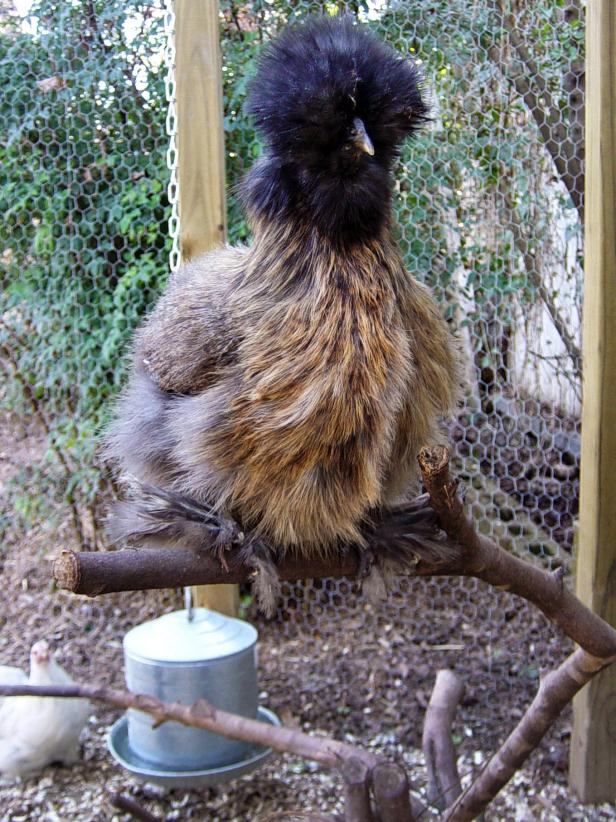
Golden Campine Campines are originally from Belgium and are rather good layers of medium-sized eggs. The good gold plumage on her head, her white ears, the barred plumage on her body and her vertical tail make this gold assortment hen named Jenny a strikingly beautiful bird. Her good looks combined with the breed's penchant for foraging and flying have directed Jenny's owners to nickname her the "traffic-calming chicken," as she is frequently found strutting up and down the sidewalk in which she lives, causing motorists to slow down and check out her. Campines come in 2 varieties — white and golden. This rare strain is supposed to return to the time of Julius Caesar.

Easter Egger If you'd like a hen that lays blue, pink or green beans, then the Easter Egger is the one for you. Easter Eggers are technically not a strain, though they resemble Ameraucanas and Araucanas. EEs arrive in a variety of colored plumage and frequently have pea combs, muffs and ear tufts. EEs are regarded as hardy, friendly and good layers. This EE is named Quilla and lays light blue eggs.
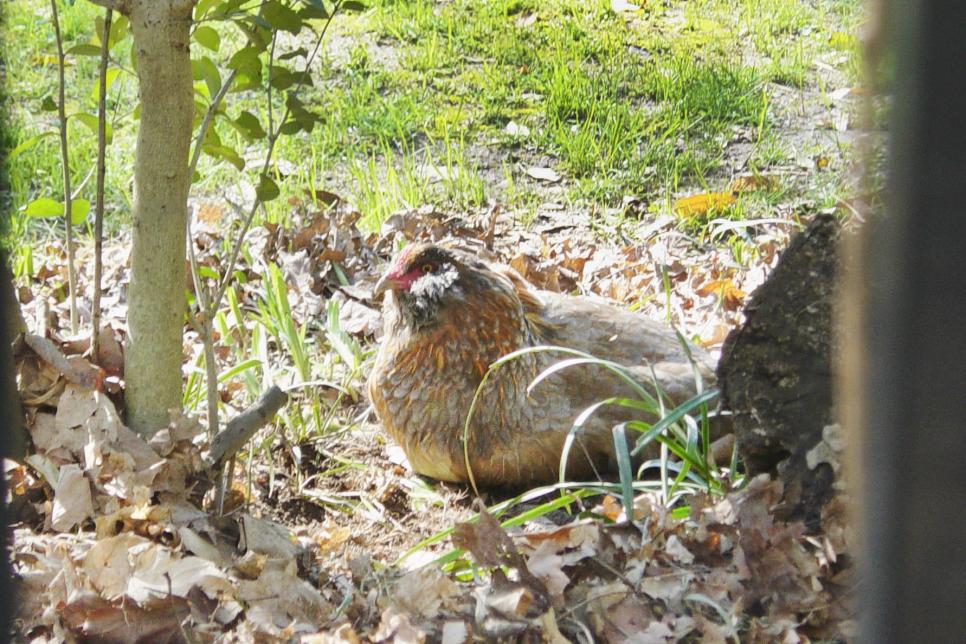
Golden-Laced Polish Polish are the involuntary comedians of the chicken world. Also known as Top Hats, their striking bouffant-like crests on their heads bounce when they walk and slightly obscure their vision, causing them to bump into things and startle easily. While the imagined hen doesn't, some forms of Polish possess beards. Polish are good layers of medium-sized white eggs, and they have sweet but somewhat skittish characters. As a result of their smaller stature and crests, Polish will normally wind up on the bottom of the pecking order if kept in a flock with bigger, more aggressive breeds.
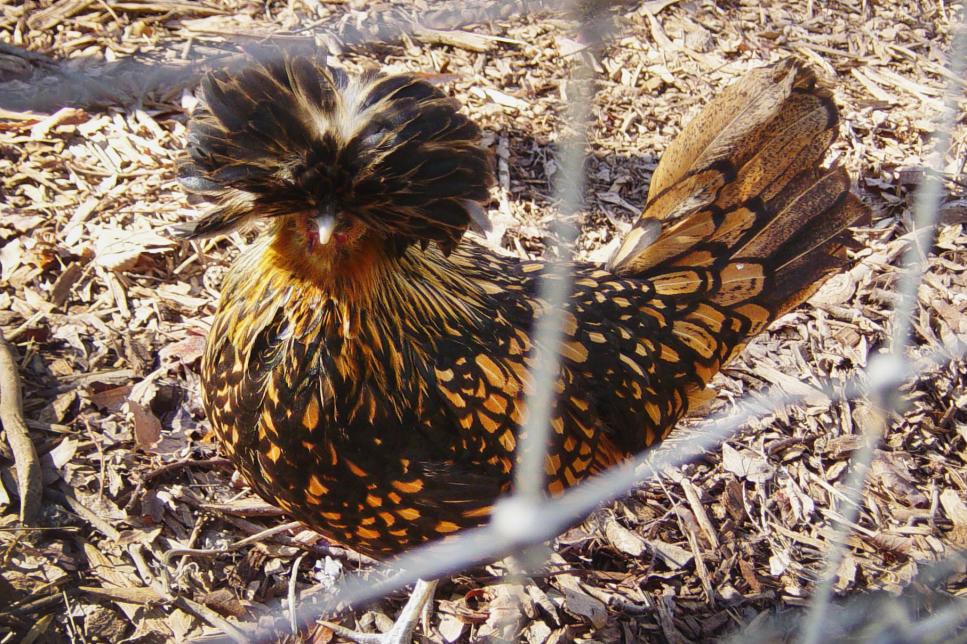
White Bantam Brahma While Brahmas are one of the largest chicken strains, this white fish is a Bantam or miniaturized variety. Bantam Brahmas are sweet, docile and seem really posh with their pea combs along with feathered feet. The breed originates from India and is named for the Brahmaputra River.
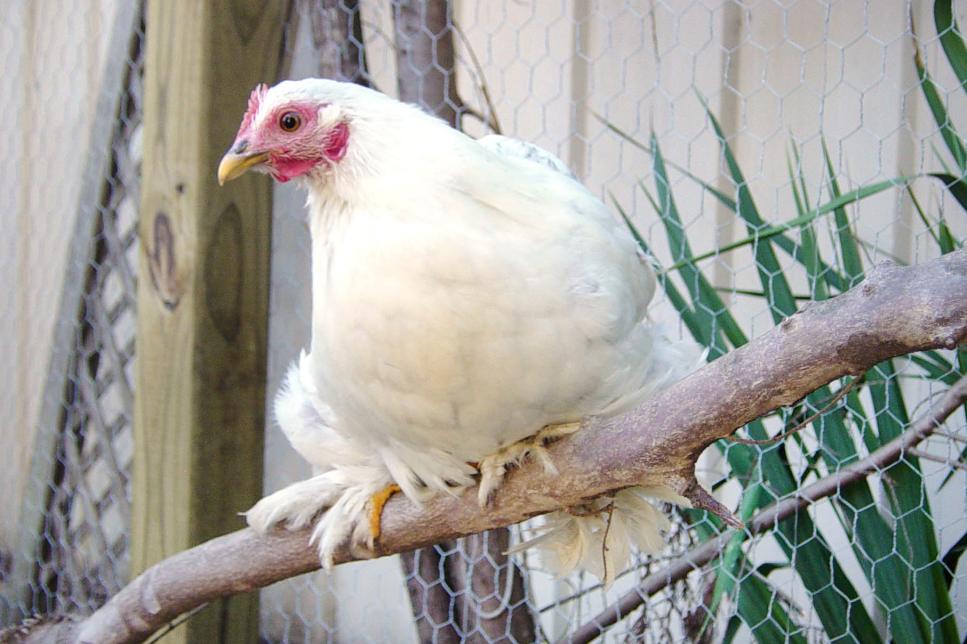
Golden-Laced Wyandotte Wyandottes arrive in a variety of colours and are popular for its lacing pattern in their feathers and for being good egg layers of high light brown egg whites. The comb on the head of this hen named Myrtle looks somewhat like a beret. It's called a Rose comb. The breed originated from the U.S.
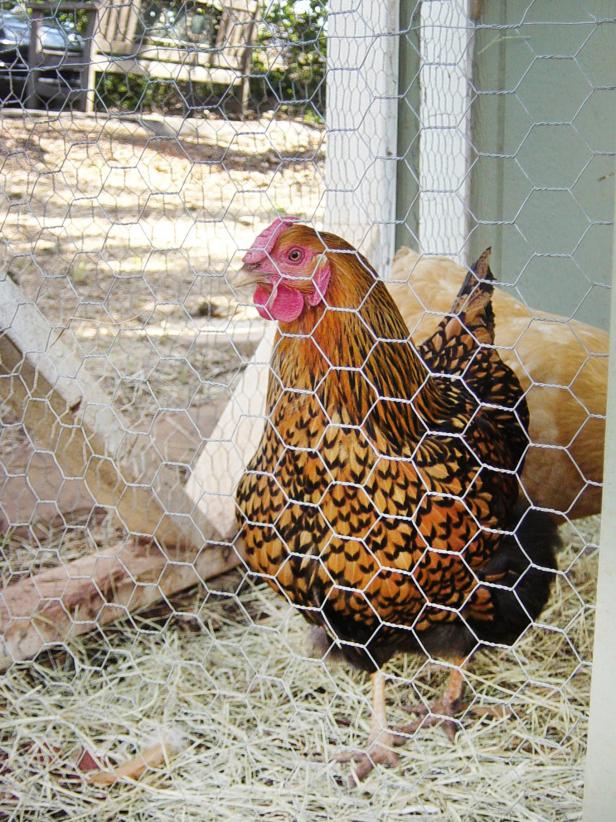
Australorp This hen is called Peep. She is an Australorp, the "national breed" of Australia. These hot additions to backyard flocks are known as egg-laying machines. You will find reports of Australorps putting eggs almost year round. The Australorp's black feathers have a greenish-blue iridescence.
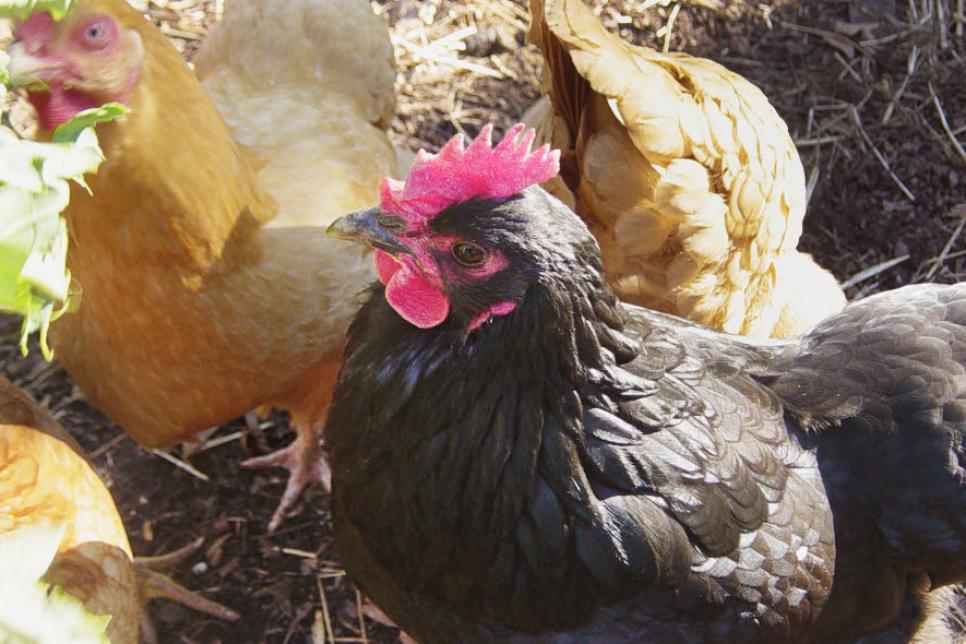
Speckled Sussex The inquisitive nature of this Sussex is recorded in the picture of this speckled hen named Dover. The Sussex originates from England, where the breed became popular at the mid-1800s. The speckled feathers offer some camouflage from predators. This uncommon breed is a great coating of light brown eggs.

Delaware This Steak called Oli is a Delaware, a U.S. heritage breed which was developed in the 1940s in the state they are named for by crossing New Hampshire Reds with Barred Plymouth Rocks. These easygoing chickens were initially raised as broilers but create great layers of large brown eggs.

Buff Orpington Buff Orpingtons are called the lap dogs of the poultry world and this particular fish named Lulu fits the bill. Orpingtons are docile with quiet demeanors and are good layers of light brown eggs. They arise in England and come in buff (gold), black, white, blue and white varieties.

Barred Plymouth Rock Barred Rocks are favorable, hardy cows which are fantastic layers of large brown eggs, making them quite popular for backyard flocks. The alternating bars, or lines, of white and black on the feathers of this hen named Doodle make her very attractive. This strain began in New England.
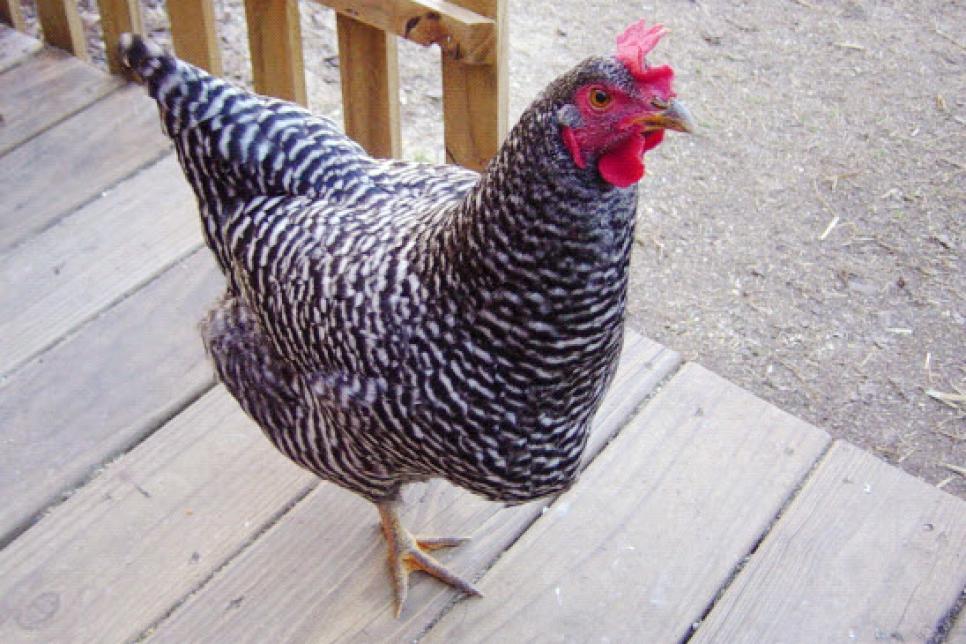
Red Star This Red Star called Sunset is a prolific coating of extra-large dark brown eggs. Owners of Red Stars are enthusiastic about the strain, fretting about the birds' extremely friendly personalities and wonderful level of egg production. If you'd like an egg-laying machine that will hang out with you at the garden, get a Red Star.
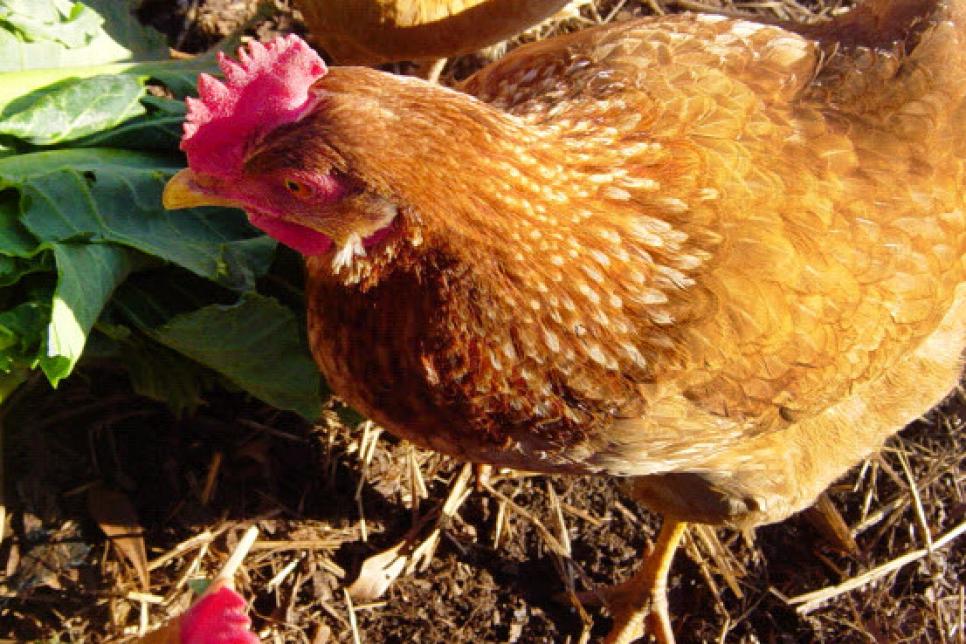
Serama Serama roosters package a ton of character within their bodies. And what they lack in stature they compensate for at a crow. This decorative bantam breed hails from Malaysia. From the few urban settings in the U.S. where roosters are allowed, Seramas are very popular pets.
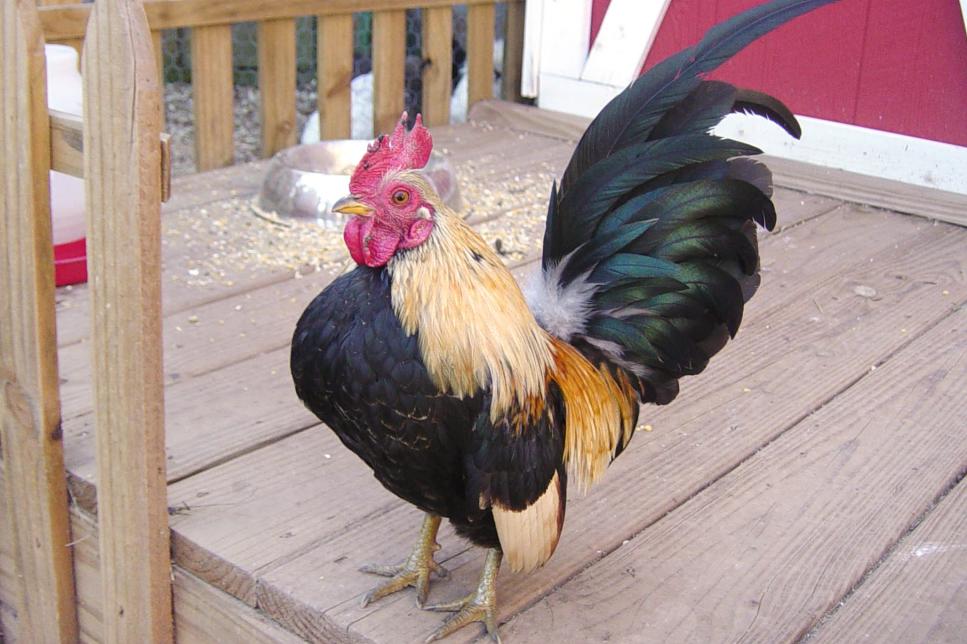
No comments:
Post a Comment